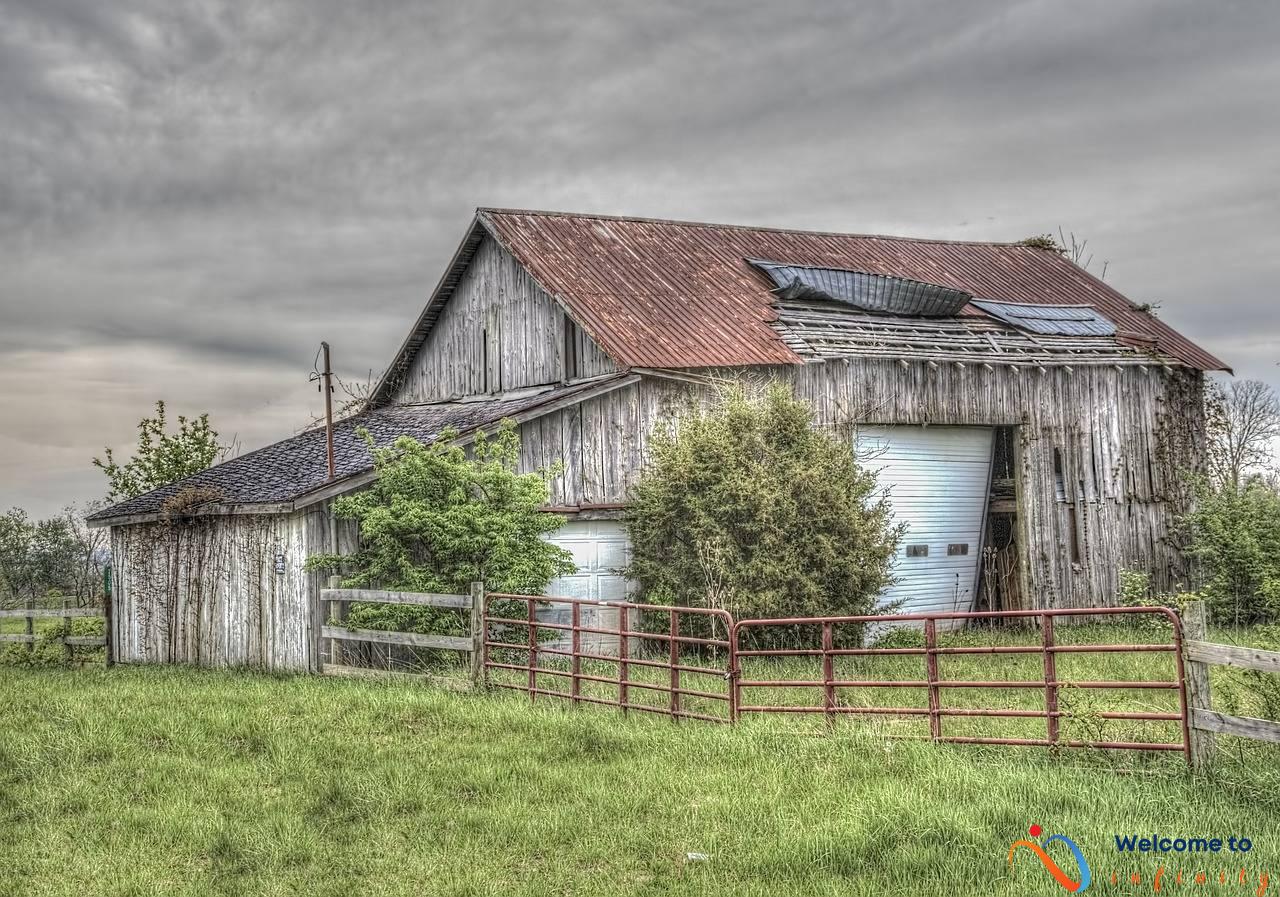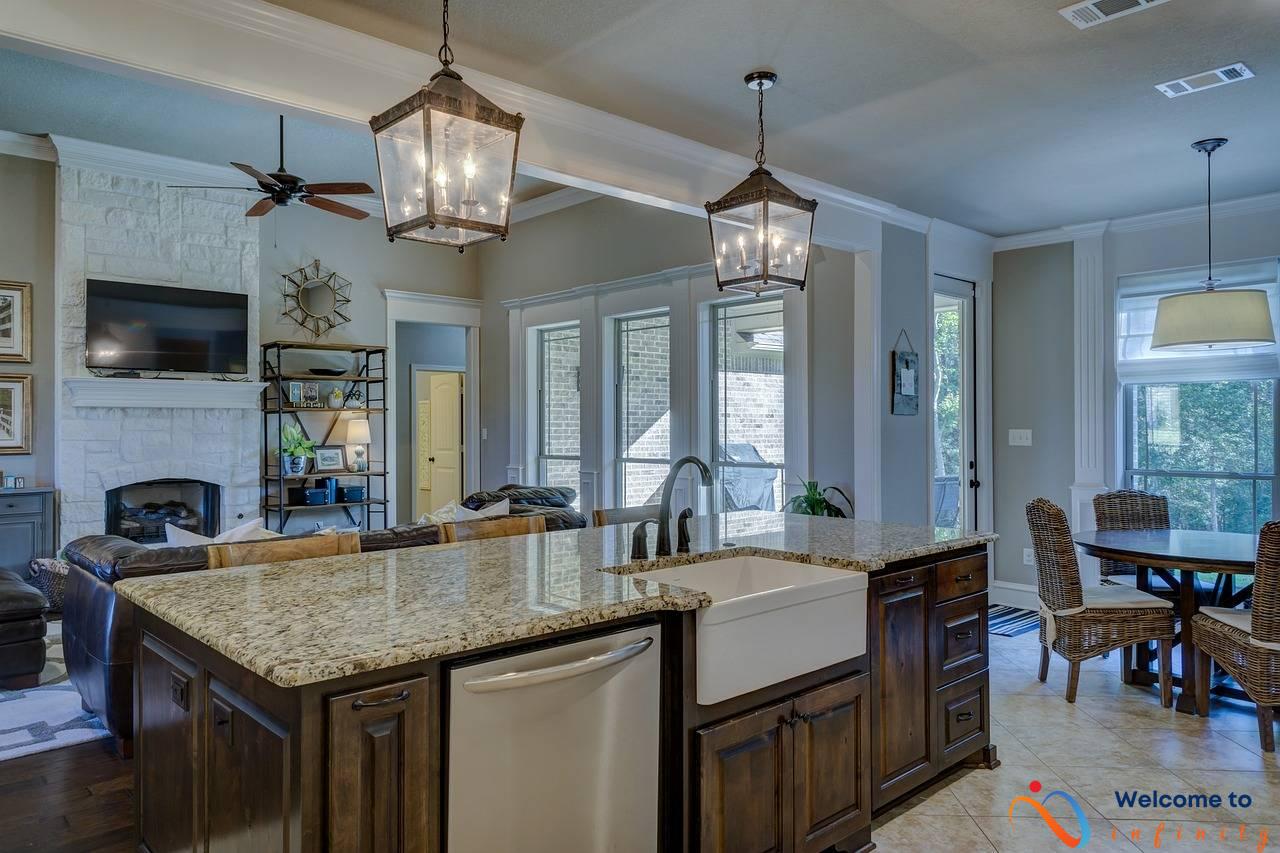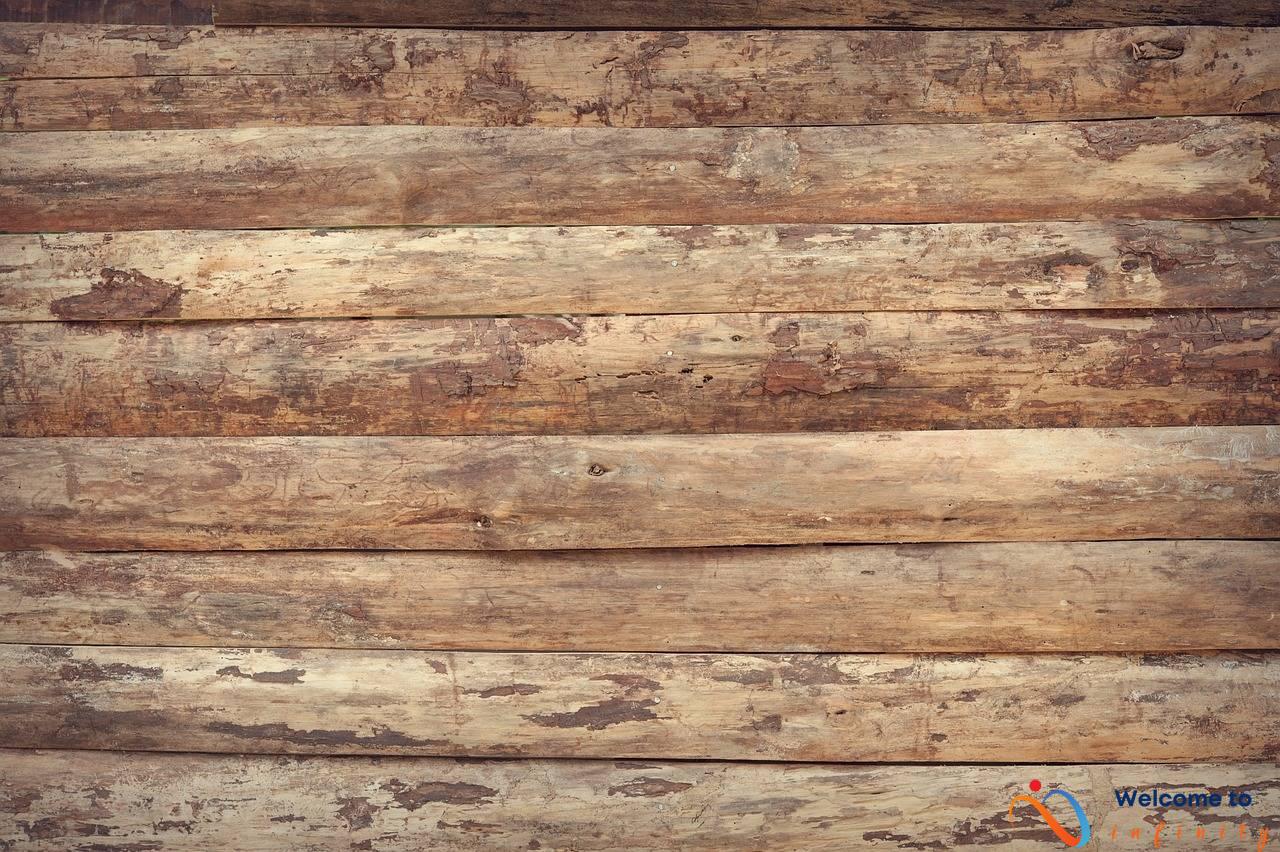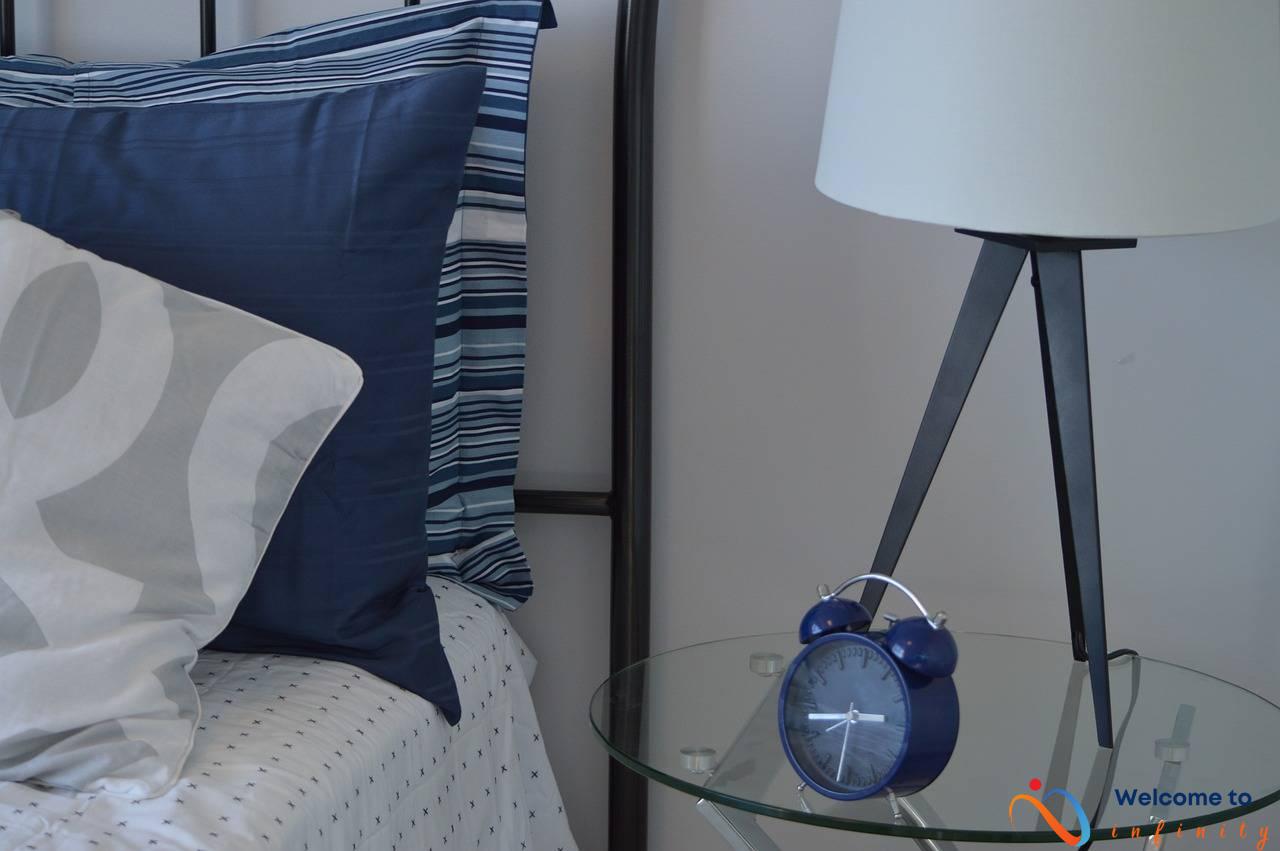Antique mirrors are a classic and timeless decor item that has been used in homes for many centuries. These mirrors exude a sense of elegance that can add a touch of sophistication to any room. The unique designs and patterns that these mirrors possess make them a stunning piece of art in their own right.
Antique mirrors come in a variety of shapes and sizes, and each one has its own story to tell. Some of these mirrors have been passed down from generation to generation, while others have been discovered in second-hand shops or antique stores. Regardless of their origin, antique mirrors can add a touch of glamour and history to your home's decor.
One of the main reasons antique mirrors have remained popular throughout the years is due to their versatility. They can be incorporated into any room in the home, whether it's the living room, dining room, or even the bathroom. Antique mirrors also come with a wide variety of frames, styles, and patterns, making them a perfect match for any decor theme.
- Baroque antique mirrors with their intricate carvings and embellishments are a popular choice for formal rooms.
- Victorian antique mirrors with their elaborate frames and floral designs are commonly used in traditional or vintage interiors.
- Art Deco antique mirrors with their geometric shapes and bold designs are a popular choice for modern and contemporary interiors.
Regardless of the style, antique mirrors have the ability to make a statement in any room. When hung on a wall as a focal point, antique mirrors can enhance the room's ambiance. They can also be used as a vanity mirror or grouped together to create a gallery wall that adds visual interest.
Overall, antique mirrors are a beautiful and timeless decor item that can add an element of glamour and elegance to any home. Their versatility, unique designs, and incredible history make them a must-have for any home decor enthusiast.
The History of Antique Mirrors
Antique mirrors have been an essential part of home decor for centuries. Their history dates back to the Roman era when they were made from polished metal. These mirrors later evolved into glass mirrors that were first introduced in the 16th century. Initially, glass mirrors were only affordable for the wealthy, who would commission them from skilled artisans. These mirrors were considered a luxury item and were often adorned with decorative frames, intricate etchings and engravings.
The French were at the forefront of producing glass mirrors. In 17th century France, a group of artisans discovered the formula for producing mirrors that were completely clear, leading to enormous demand across the continent. By the 18th century, mirrors had become more accessible, with factories established in Germany and England that produced mirrors in large quantities. Nevertheless, antique mirrors remain popular to this day because of their unique designs that capture the essence of their era.
One of the main reasons antique mirrors are so popular is because they represent a time period or a significant event in history. They are often considered a cherished family heirloom passed down from generation to generation. When you purchase an antique mirror, you are not just buying a piece of home decor; you are also buying a piece of history that has stood the test of time.
The Different Styles of Antique Mirrors
Antique mirrors are not only functional but also very decorative. These unique pieces can add a touch of vintage charm and elegance to any home decor. However, to incorporate antique mirrors into your interior design successfully, you need to consider their different styles. Let's take a closer look at some of the most popular antique mirror styles:
The Baroque style originated in Italy in the 17th century and is known for its opulent and ornate designs. Baroque antique mirrors are characterized by dense, intricate carvings and embellishments, often inspired by nature and mythology. The frames are typically large and can be made of wood, gilded plaster, or even marble. Baroque mirrors are perfect for formal living rooms, dining rooms, or entryways where you want to make a bold statement.
The Victorian era, covering the mid-to-late 19th century, is characterized by elaborate designs and intricate woodworking. Victorian antique mirrors typically feature highly decorative frames with floral patterns and beveled edges. They were often embellished with porcelain flowers, brass filigree, or even mother-of-pearl inlays. Victorian mirrors are ideal for traditional or vintage interiors, creating a timeless look in any room of the house.
The Art Deco style emerged in the 1920s and 1930s, influenced by the machine age and modernism. Art Deco antique mirrors often feature geometric shapes, clean lines, and bold colors. The frame materials can range from metal to molded glass or even Bakelite. Art Deco mirrors are ideal for contemporary or modern interiors, adding a touch of glamour and sophistication.
When choosing an antique mirror, always consider the style of your home decor and the room's purpose. A Baroque mirror can be overwhelming in a small bedroom, while an Art Deco mirror may not be formal enough for a grand dining room. Whatever style you choose, an antique mirror is a timeless investment that can add character, elegance, and beauty to your home.
The Baroque Style
The Baroque style is characterized by ornate and elaborate designs, making it a popular choice for formal rooms. Baroque antique mirrors often boast intricate carvings and embellishments, providing a stunning visual impact to any room. These mirrors were popular in the 17th century and typically feature frames made from gold or silver leaf. The mirrors themselves often have intricate shapes and patterns, perfectly suited to complement the ornate and intricate Baroque architecture style.
The most common motifs seen in Baroque mirrors are floral designs and scrollwork, while cherubs, angels, and mythical creatures are also popular choices. The frames are often highly detailed, with intricate carvings, frills, and ornate details, setting them apart from other styles of antique mirrors. Baroque antique mirrors are made to impress, and their impressive size and intricate details make them a perfect statement piece for a formal room.
If you want to incorporate a Baroque antique mirror into your home decor, consider placing it in a formal living room, dining room, or entryway to make a grand statement. You can also pair a Baroque antique mirror with other Baroque-style furniture to create a cohesive look that screams extravagance. When using Baroque antique mirrors, it's important to keep the other decor in the room subdued, so as to not overwhelm the space with too many patterns and details.
The Victorian Style
The Victorian style of antique mirrors is a popular choice for those who love traditional or vintage interiors. These mirrors are known for their elaborate frames, often featuring floral designs and intricate woodworking. The frames are usually made of wood and may be painted in a variety of colors or left natural for a rustic look.
Victorian mirrors can be used in a variety of ways to add charm and elegance to a room. They can be hung alone as a statement piece or grouped with other vintage items for a cohesive look. These mirrors are perfect for adding a touch of glamour to a bedroom or dressing room, where they can be used as a vanity mirror.
If you have a Victorian-style living room or dining room, you can hang a large, ornate mirror on the wall to create a dramatic focal point. The mirror can be paired with other vintage furnishings, such as an antique chandelier or a Victorian-style sofa, to complete the look. A Victorian mirror can also be used as a decorative piece in a hallway or foyer.
When using Victorian mirrors in home decor, it is important to keep the overall style of the room in mind. These mirrors work best in traditional or vintage interiors, but can be used as an accent piece in more modern spaces as well. If you are unsure how to incorporate a Victorian mirror into your decor, seek inspiration from design magazines or consult with a professional decorator.
The Art Deco Style
The Art Deco style emerged in the 1920s and 1930s, and was heavily influenced by the modernist movement. Art Deco mirrors are characterized by their use of geometric shapes, such as rectangles, triangles, and circles. They often feature bold designs with symmetrical patterns, and are known for their use of luxurious materials like gold and silver.
These mirrors are perfect for modern and contemporary interiors, adding a touch of glamour and sophistication to any room. They can be hung on the wall as a statement piece, or used to enhance the decor of a living room or bedroom. The sleek lines and bold designs of Art Deco mirrors make them a popular choice for minimalist interiors, providing visual interest without overwhelming other design elements.
If you're looking to incorporate an Art Deco mirror into your home decor, consider pairing it with other geometric shapes and bold patterns. This can create a cohesive look that tie the entire room together. You can also pair an Art Deco mirror with other decor pieces inspired by the era, such as chrome lamps and streamlined furniture.
How to Incorporate Antique Mirrors into Home Decor
Antique mirrors are a great way to enhance the look of your home decor. With their timeless beauty and unique designs, they can add elegance and sophistication to any room. But how do you incorporate these mirrors into your home decor?
One way to make use of these mirrors is to hang them on the wall as a statement piece. A large antique mirror with an ornate frame can become the focal point of any room. Hang it on a wall in a prominent spot to create a stunning visual impact. Alternatively, you can use a smaller antique mirror to add a touch of vintage charm to your home. Hang it in an entryway or hallway to create an inviting and welcoming space.
Another way to use antique mirrors is as a vanity mirror. A small antique mirror can be paired with a vintage vanity table to create an elegant and romantic space in your bedroom or bathroom. You can also use an antique mirror as a decorative accessory by placing it on a side table or mantel.
If you have multiple antique mirrors, consider grouping them together to create a gallery wall. Choose mirrors in varying sizes and styles for a visually interesting display. You can also create a cohesive look by using mirrors with similar frames or designs.
Incorporating antique mirrors into your home decor is a great way to add a touch of vintage charm and elegance to any room. Whether you choose to hang them on the wall as a statement piece, use them as a vanity mirror, or group them together to create a gallery wall, these mirrors are sure to add timeless beauty to your home.
As a Statement Piece
One of the most popular ways to incorporate antique mirrors into home decor is by using them as statement pieces. An antique mirror with an ornate frame can become a focal point in a room, adding a touch of elegance and sophistication.
When choosing a spot to hang the mirror, it's important to select a prominent location that draws attention. A mirror positioned above a fireplace or on an accent wall can create a stunning visual impact. It's also important to consider the lighting in the room, as it can affect the way the mirror reflects and enhances the space.
Another key consideration is the frame of the antique mirror. Ornate frames with intricate carvings and embellishments are ideal for creating a sense of grandeur and opulence. Meanwhile, simpler frames with clean lines and minimal detailing can add a touch of understated sophistication.
When using an antique mirror as a statement piece, it's best to keep the surrounding decor simple and understated. This allows the mirror to shine as the focal point of the room, and prevents the space from feeling too cluttered or overwhelming.
Overall, incorporating an antique mirror as a statement piece can add a touch of timeless beauty and elegance to any room in the home.
As a Vanity Mirror
Antique mirrors can add a touch of elegance and romance to any bathroom or bedroom. The small size of antique vanity mirrors makes them the perfect addition to a vintage vanity table or dresser.
When utilizing an antique mirror as a vanity mirror, the frame can often be just as important as the mirror itself. Look for ornate and intricate designs on the frame to add an extra touch of luxury to your space. Brass, gold, or silver frames are all popular choices for vintage mirrors and can complement a variety of color schemes.
Pairing your antique vanity mirror with a vintage vanity table can create a cohesive and charming space. Look for a table with carved details or delicate legs to match the intricate design of the mirror frame. Add a lace doily, vintage perfume bottles, or a vase of fresh flowers to complete the romantic look.
If you prefer a more modern aesthetic, consider pairing your antique mirror with a sleek and simple vanity table for a unique contrast. This can create a striking and unexpected statement in your space.
As a Gallery Wall
If you're looking to create a visually stunning focal point in a room, consider using antique mirrors to create a gallery wall. Grouping several antique mirrors together can add depth and dimension to a space, while also showcasing your unique sense of style and love for vintage decor.
To create a gallery wall using antique mirrors, start by selecting mirrors in varying sizes and styles. This will add visual interest and keep the display from looking too uniform or stagnant. You can choose mirrors with ornate frames, unique shapes, or interesting patterns to create a truly one-of-a-kind display.
When hanging your antique mirrors, consider the layout of your gallery wall. You can choose to hang them symmetrically for a traditional look, or try a more organic, asymmetrical layout for a modern twist. Play around with different arrangements until you find one that feels just right.
Finally, don't be afraid to mix and match your antique mirrors with other vintage or modern elements. Try pairing them with a mid-century console table, or adding a contemporary piece of art to the display. The key is to have fun and create a gallery wall that reflects your personal style and tastes.












